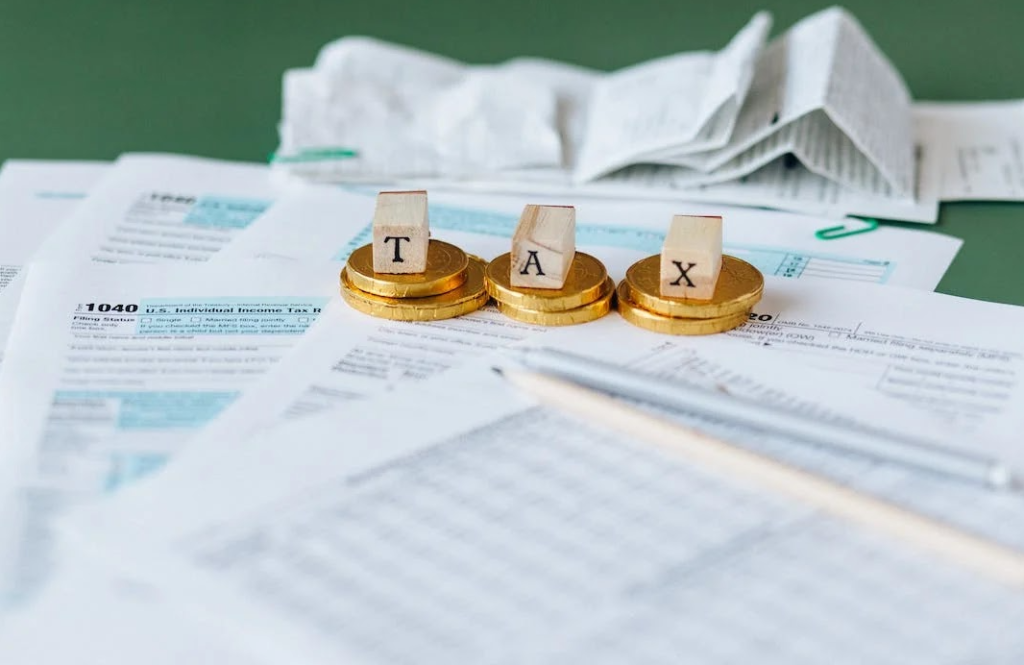
A deferred tax asset represents taxes that have been overpaid or overestimated in the current period and will be refunded or used to offset future tax liabilities. It typically arises from temporary differences between accounting and tax rules, such as depreciation methods or accrued expenses. When it comes to a company’s taxes, there are two main categories to consider: assets and liabilities. Tax liability refers to whatever a person or organization owes taxes on, such as income or revenue. Tax assets include everything that can be utilized to reduce a person’s or company’s tax liability. Let’s look at what a deferred tax assets is, why they exist, and how they work. If you need assistance optimizing your tax approach, consult with a financial professional.
What is deferred tax asset? A deferred tax asset is usually an item on a company’s balance sheet that resulted from an early or overpayment of taxes. They are financial assets that can be redeemed in the future to reduce tax liabilities.
Firms can keep deferred tax assets on their balance sheets indefinitely, allowing them to be saved for when they are needed. They cannot, however, be used on previously filed taxes.
How Are Deferred Tax Assets Created?
A deferred tax asset can be formed in several ways. Here are some of the main ways that can lead to a deferred tax asset:
- Losses
Businesses can claim capital losses as tax write-offs and carry them forward from year to year;
- Differences in depreciation accounting
The method and rate with which you account for the depreciation of assets such as real estate might lead to overpayment of taxes, resulting in a deferred tax asset on the balance sheets;
- Business expenses
Expenses are frequent tax deductions, however, they are occasionally recorded on the income statement before appearing on the tax statement;
- Warranties
If a corporation anticipates a specific number of warranties, it must pay taxes on the funds set aside to cover the costs. This might lead to a difference on the balance sheet, resulting in a deferred tax asset.
How Can Companies Use Deferred Tax Assets?
Deferred tax assets appear on a company’s balance sheet as an intangible financial asset. While they are not as useful as cash, they can serve a comparable purpose when it comes to taxes. It’s essentially the same as overpaying your credit card bill. While you utilized the funds to pay off your card, there is now a debit on the card that is nearly as good as cash.
A corporation can keep this deferred tax asset on its balance sheet indefinitely and use it to lower future tax liabilities. Let’s say it has $3,000 in deferred tax assets and $10,000 in tax liabilities. For example, suppose the corporation is taxed at a 30% rate, resulting in a $3,000 tax bill. The corporation can use its deferred tax asset to decrease its tax due to $7,000, bringing its total tax cost down to $2,100 and saving $900.
Deferred Tax Assets and Deferred Tax Liabilities
Tax assets and liabilities are diametrically opposed. Your liabilities are what you owe taxes on, but your tax assets are what reduce your obligations. Deferred tax assets are typically the consequence of overpayment or early payment, whereas deferred tax liabilities are often the result of underpayment or delayed payment.
For example, if a corporation sells a product in installments, it may include taxes on the full-price sale on its balance sheet. However, the corporation may only pay taxes in installments. This is a deferred tax liability.
Here’s how to calculate the deferred tax liability: A firm sells a device for $10,000 in five installments of $2,000. The company’s records show a $10,000 sale. However, just the first payment was made. So there’s $8,000 in future taxable income to account for. If this is taxed at 30%, the tax-deferred liability is $2,400.
While deferred tax liabilities reduce organizations’ cash flow, they are ultimately a necessary aspect of doing business. The government collects taxes, and if businesses want to stay in good standing, they must pay them.
Tax Planning Tips
A financial advisor can assist you in optimizing your financial strategy to reduce your tax liability. Search vetted financial advisors in your area, and you may want to interview them to determine which one is best for you. If you’re ready to locate an advisor who can help you achieve your financial objectives, get started right away.
You can use a federal income tax calculator to anticipate potential tax liabilities. There are tools that use your income, location, and filing status to calculate your marginal and effective taxes, total estimated taxes owing, and more.
The bottom line
Deferred tax assets originate from overpayment or early payment of taxes. They appear on a company’s balance sheet and can be used to offset future tax liabilities. They are frequently caused by inconsistencies in business accounting and tax accounting. They act in many respects similar to a tax deduction. They are the inverse of deferred tax liabilities, which arise from underpayment or delayed payment of taxes. If you want to learn more about deferred tax assets, speak with a skilled tax professional or a business-focused financial advisor.
